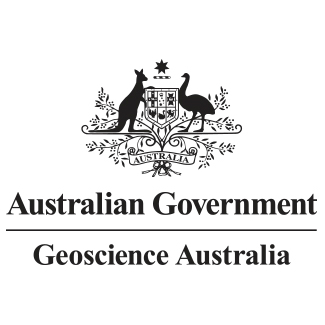Brief description
The national Tropical Cyclone Hazard Assessment (TCHA) defines the severe wind hazard posed to Australia based on the frequency and intensity of tropical cyclones making landfall around the Australian coastline. Contact us at hazards@ga.gov.au if you need further information. URL: https://www.ga.gov.au/about/projects/safety/tcha Value: The TCHA provides vital information to emergency managers, town planners and infrastructure owners to plan and reduce the threat of tropical cyclone hazard on the Australian coast, and for the insurance industry to understand the tropical cyclone risk as an input to pricing insurance premiums. The TCHA is a key data source to calculate local cyclone impact models for the development of evidence-based disaster management plans, evacuation plans or inform infrastructure planning or mitigation strategies. High risk areas can be identified and prioritised for further analysis, or to extract scenarios to explore risk mitigation and community safety at a local and regional level. The TCHA includes a catalogue of synthetic tropical cyclone events (including tracks and wind fields), hazard profiles for selected locations across Australia, and maps of annual recurrence interval (ARI) wind speeds due to tropical cyclones. Geoscience Australia provides essential evidence based information to government and emergency managers around Australia to improve our communities' ability to prepare for, mitigate against and respond to natural disasters. Scope: Continental scale.Lineage
Maintenance and Update Frequency: annuallyhttps://github.com/GeoscienceAustralia/tcrm
https://pid.geoscience.gov.au/dataset/ga/77484
As at April 2020, the stochastic event set was generated using TCRM version 2.1, with the International Best Track Archive for Climate Stewardship (IBTrACS) v3r09 used for input to the simulation.
Form: The TCHA has had a major update to include scientific advances in understanding tropical cyclone hazard including: An upgrade to the methods that control the size of simulated tropical cyclones. The model relates size of the tropical cyclone to its intensity and latitude, providing a more realistic evolution of the size of the cyclones over their lifetime.
The model for determining how quickly tropical cyclones dissipate after landfall is now based on observations from Australia. Previously we used a simplified model based on United States landfalling hurricanes.
The model now stores the wind field from each individual synthetic tropical cyclone enabling users to extract and examine individual events.
An event database that records details of each synthetic event, the wind speeds arising from the event at locations around Australia and the likelihood of extreme wind speeds at those locations. This allows users to disaggregate the hazard information and explore scenarios impacting communities.
The new methodology was developed in consultation with industry, international research groups and government experts. We envisage that the TCHA18 will be considered in future revisions to the Australian wind loading standard, to ensure buildings and infrastructure are built to withstand tropical cyclone events.
Currently the assessment is for tropical cyclone winds only, and does not include other severe wind hazards such as tornadoes, severe storms or cyclones that transition into storm events. This is standard practice for tropical cyclone hazard assessments and recognised internationally as an agreed methodology. However, the scientific community understands this is a key constraint and is doing more research to address challenge.
This Collection record was created to enhance the discoverability and management of the individual products contained in the collection. See the individual eCat records for product specific lineage.
Notes
PurposeThe TCHA provides vital information to emergency managers, town planners and infrastructure owners to plan and reduce the threat of tropical cyclone hazard on the Australian coast, and for the insurance industry to understand the tropical cyclone risk as an input to pricing insurance premiums. The TCHA is a key data source to calculate local cyclone impact models for the development of evidence-based disaster management plans, evacuation plans or inform infrastructure planning or mitigation strategies. High risk areas can be identified and prioritised for further analysis, or to extract scenarios to explore risk mitigation and community safety at a local and regional level.
Issued: 23 02 2022
text: westlimit=112.00; southlimit=-44.00; eastlimit=154.00; northlimit=-9.00
User Contributed Tags
Login to tag this record with meaningful keywords to make it easier to discover
2018 National Tropical Cyclone Hazard Assessment
uri :
https://ecat.ga.gov.au/geonetwork/srv/eng/catalog.search#/metadata/123468![]()
- URI : pid.geoscience.gov.au/dataset/ga/144680

- global : f6d8e621-6424-410f-9371-3ed1e3815cca


